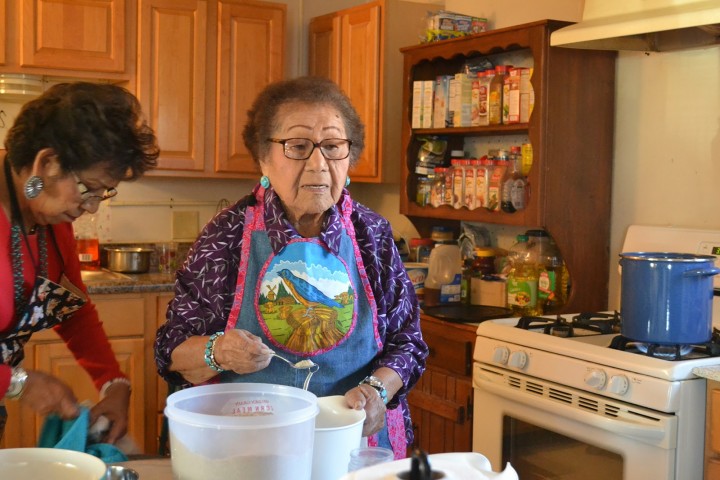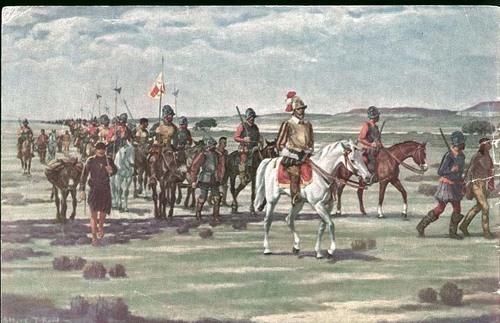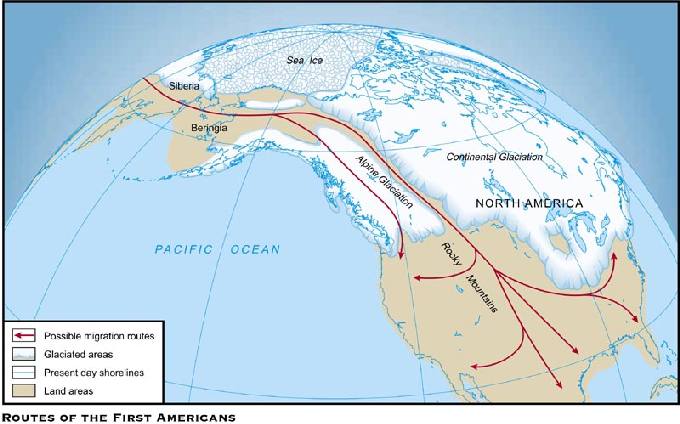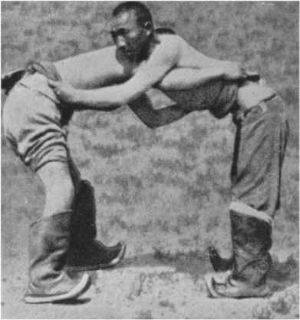Navajo Oral History
This documentary film was researched, photographed, edited and produced by students of Winona State University (Winona, Minnesota) and Diné College (Tsaile, Arizona, Navajo Nation) during summer 2015. It contains stories Louva Dahozy of Fort Defiance, Arizona, told the students during several hours of interviews about her life.
Louva conducted most of her interview in the Navajo language, English subtitles are provided.
This documentary film is archived at the Navajo Nation Museum, Navajo Nation Library, Winona State University Library, and Diné College Library, and will be archived at the Smithsonian Institution’s National Museum of the American Indian.
The film is part of the Navajo Oral History project, a multi-year collaboration between the Winona State University Mass Communication Department and Diné College – The official Tribal College of the Navajo Nation
Photos by Tom Grier, Winona State University
In 1994, the University of Arizona College of Agriculture awarded Louva McCabe Dahozy its Lifetime Award.
Louva McCabe Dahozy has blended her interest in helping others with her Navajo religious and cultural values. She was born of the Haskaahaszoi clan and for the Kinyaanii clan. In 1994, the College of Agriculture awarded her its Lifetime Award.
While living in Parker, she worked with Cooperative Extension, assisting local communities in home economics.
When Louva returned to the Navajo reservation, she organized 4-H clubs, teaching hundreds about livestock, home economics, and cultural awareness. She established the first Navajo Homemakers radio program, which was broadcast in the Navajo language on eight stations for ten years.
Louva, with help from Cooperative Extension, helped begin the North America Indian Women’s Association; she was elected first national chairwoman. This group directly sought funding from Congress to help solve local problems.
In addition, Louva was a founder of the National Indian Council on Aging and helped organize Navajo Nation Council on Aging. She developed the first Navajo Illustrated Cookbook, using commodity and native foods. She was the motivating force behind a native foods analysis that proved they had a high nutritional value.
Asked about her lifelong work, Louva says, “I wanted to provide education for Navajo people, education that includes traditional and modern ways so that people might have better home
Source: University of Arizona College of Agriculture





















